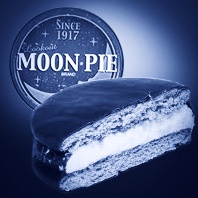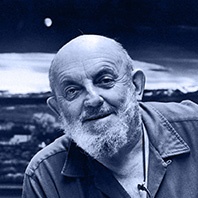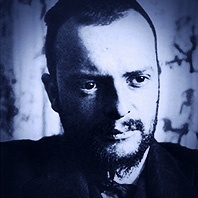Tag:
History
The human buttocks are being linked to the Moon at times, just like in the case of the so-called sexual position “full moon”. This is due to the large, round shape of the buttock cheeks, which could occasionally remind of the lunar globe when properly lit or observed from the correct angle.
If someone shows their bum publicly, he or she usually does so to break a socially accepted norm and to express their protest or contempt. Or simply because of the fun of it provoking other people. This “baring the behind” is called “mooning”. It derives from the verb “to moon”, which means “to expose to the (moon)light”.
Read more
Just like with all natives from different countries and continents, the Moon also plays an important role amongst African peoples in myths and stories. In this respect, we have already mentioned other peoples, for example the Native American Indians in America, the Inuit in the far north or the Aborigines in Australia.
Read more
There is actually a bone inside the human body, which is called »lunate bone«. Indeed, it may not belong to the most important of the 206 bones that a grown man carries around with him, but the name alone makes it remarkable. The lunate bone is one of the eight carpal bones, being the bones that connect the hand with the forearm. The lunate bone (lat.: os lunatum) was given his name because of its crescent shape.
Read more
We have already reported about full moon delicacies, which are being produced during the full moon. Especially popular are full moon bread, cheese, sausage, coffee, beer and water. But there are also foods that have been simply connected to the Moon via their shape and therefore carry the moon in their name. For example the mooncake at the Chinese festival or the American »Moon Pie«, a sandwich cookie that has been made since 1917.
Read more
We had already told you about the paintings of romanticism by German painters Caspar David Friedrich (1774–1840) and Philipp Otto Runge (1777–1810). And also the English painter William Turner (1775–1851) had the moonlight in his mind. Here we are looking at the next generation and find the Dutch-Belgian artist Petrus van Schendel (1806–1870), whose speciality were the nightly moonlight sceneries. What distinguished him from his predecessors and colleagues, was that it were precisely those depictions of nightlight, which brought him fame and not an insignificant financial success (which was not a given for many painters).
Read more
Ansel Adams (1902–1984) was one of the most influential photographers in the US, who particularly became famous for his magnificent black and white photography of American landscapes and national parks. He is the role model of many photographers and set standards with his shots. And as chance would have it, one of his most renowned photographs is an image with the rising Moon in New Mexico.
Read more
“Lady and the Tramp” made in 1955, belongs to one of the most beautiful and most successful cartoons by Walt Disney. The story of the elegant female dog Lady and the fun-loving vagabond Tramp, shows how love can overcome social boundaries. In reality, this is of course a human issue and not one of our four-legged friends. However – as usual with Disney – it has been staged simply convincingly. And this is how a good acquaintance joins Lady and the Tramp in the nightly scenery: the full moon.
Read more
What does an astronaut has on his wrist? You are not going to believe it, but it is something completely earthly: a watch. Because time is, next to the coordinates which show his position in space, the most important information for his mission and his life. And although, astronauts are surrounded by all kind of instruments, it has already been thought of in the beginnings of space travel to equip the crew with wrist watches. Of course with special models only.
Read more
Paul Klee (1879–1940) was a German painter and graphic artist, one of the biggest names of the Classic Modern Era, being the time at the beginning and first half of the 20th century, which was expressed in so many different styles and is nowadays regarded as avant-garde of that time. Paul Klee created cubistic, expressionistic and surrealistic paintings. The names of his friends read like the »who’s who« in the art scene: August Macke, Wassily Kandinsky, Franz Marc, Walter Gropius, Robert Delaunay, Lyonel Feininger, Alexej von Jawlensky, Pablo Picasso …
Read more
Astrology, the teaching of the interpretation and meaning of star constellations for human life, shows once again the sun’s dominance in our society and the insignificant role the Moon plays. Everyone knows »his/her« sign of the zodiac, meaning the position of the Sun at the time of their birth. If you say, for example, »I am an Aquarius«, you refer to the fact that the Sun was positioned in the astrological sign Aquarius when you were born. Also, some people are still aware of the ascendant, being the sign, which was on the eastern horizon at the time of birth (lat. ascendere = to rise). But which sign the Moon is in their birth horoscope, only very few people know.
Read more










